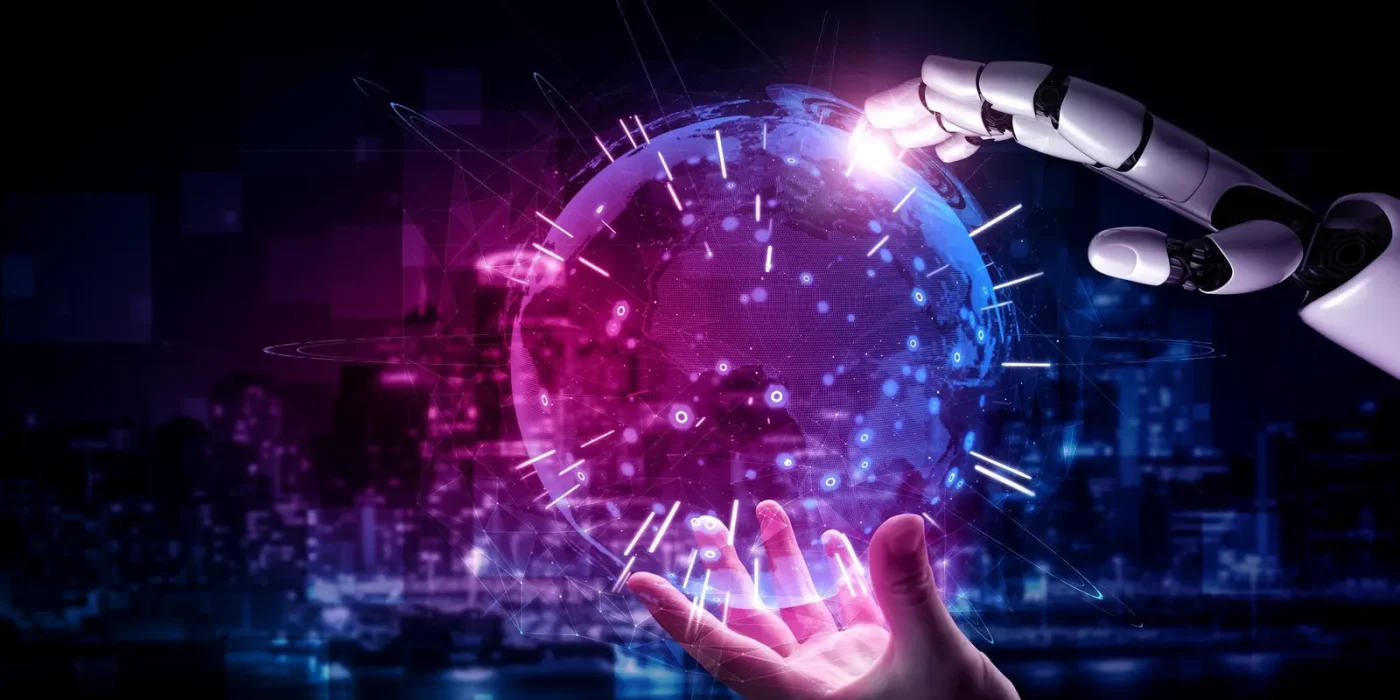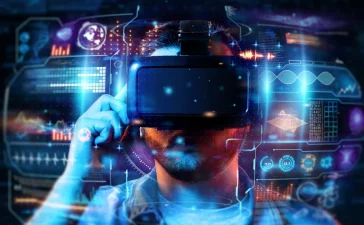The web has become an inseparable part of modern life, transforming industries, societies, and individual experiences. From its early beginnings as a static information-sharing tool to the highly interactive and intelligent ecosystems we rely on today, web technology continues to evolve at a rapid pace. Businesses, governments, and everyday users depend on these advancements to communicate, work, learn, and innovate. Understanding the trajectory of web technology reveals not only how far we have come but also where the future might lead.
The Early Web: From Static Pages to Interaction
When Tim Berners-Lee introduced the World Wide Web in the early 1990s, its purpose was straightforward: sharing and linking information. Websites were primarily static, composed of simple HTML documents that presented text and images without interactivity. This era, often referred to as Web 1.0, was revolutionary at the time but limited in scope. Users consumed information passively, with little ability to contribute or personalize content.
The rise of dynamic scripting languages like JavaScript, PHP, and later frameworks such as Ruby on Rails marked the transition toward Web 2.0. This phase ushered in social media platforms, blogs, and interactive websites. Users were no longer just consumers but became contributors and collaborators, fueling platforms like Facebook, YouTube, and Wikipedia. The web shifted from a library of information to a community-driven, participatory environment.
The Current Landscape: Web 3.0 and Beyond
Today, the web is moving toward what many call Web 3.0, an ecosystem defined by decentralization, intelligence, and personalization. This transformation is powered by three major trends:
-
Artificial Intelligence (AI): Machine learning algorithms drive personalized recommendations on platforms like Netflix or Amazon, while chatbots and virtual assistants enhance user interactions.
-
Decentralization: Blockchain technology enables peer-to-peer networks, reducing reliance on centralized authorities. Cryptocurrencies, decentralized finance (DeFi), and non-fungible tokens (NFTs) are examples of this movement.
-
Semantic Web: The concept of a semantic web, where data is structured and linked in meaningful ways, allows machines to interpret and respond to human needs more effectively. This opens opportunities for smarter search engines, healthcare applications, and digital assistants.
Together, these advancements mark the shift from an interactive web to an intelligent web.

Cloud Computing and Scalability
The backbone of modern web technology lies in cloud computing. Services like Amazon Web Services (AWS), Microsoft Azure, and Google Cloud allow businesses to scale websites and applications without the need for physical infrastructure. This flexibility has democratized innovation, giving startups and small businesses access to powerful tools once available only to large corporations.
Cloud computing also supports global collaboration. Remote work platforms such as Zoom, Slack, and Microsoft Teams rely on scalable cloud infrastructure, proving vital during the COVID-19 pandemic when businesses worldwide had to pivot to digital operations almost overnight.
Mobile-First and Responsive Design
With over half of global web traffic now originating from mobile devices, web technology has adapted to prioritize mobile-first design. Websites and applications are built to function seamlessly across smartphones, tablets, and desktops. Responsive frameworks like Bootstrap and modern CSS techniques ensure consistent user experiences regardless of screen size.
This shift has also driven innovation in progressive web apps (PWAs), which combine the reach of websites with the functionality of mobile apps. PWAs work offline, load quickly, and provide push notifications, offering users app-like experiences without requiring downloads from app stores.
Cybersecurity: A Growing Priority
As the web expands, so too do the risks associated with it. Cybersecurity has become a central concern for both individuals and organizations. Data breaches, ransomware attacks, and phishing schemes highlight the vulnerabilities in digital ecosystems.
Businesses are investing heavily in encryption technologies, multi-factor authentication, and zero-trust security frameworks to protect sensitive data. Meanwhile, governments around the world are enacting stricter regulations, such as the EU’s General Data Protection Regulation (GDPR), to safeguard consumer privacy. The future of web technology will depend not only on innovation but also on the ability to build trust through secure systems.
The Role of Artificial Intelligence
AI has already revolutionized how users experience the web. From predictive search engines like Google to recommendation systems on streaming platforms, AI personalizes content to meet individual needs. In e-commerce, AI chatbots provide instant support, while in education, adaptive learning platforms customize lessons for students.
Generative AI, capable of producing text, images, and even code, represents the next frontier. Web developers can use AI tools to automate coding tasks, optimize performance, and create accessible user experiences. While questions around bias and ethical use remain, AI is set to be a defining element of future web technologies.
The Rise of the Metaverse
Another significant trend is the concept of the metaverse, a virtual environment where users interact in immersive, 3D digital spaces. Powered by augmented reality (AR) and virtual reality (VR), the metaverse aims to blend the physical and digital worlds. Companies like Meta (formerly Facebook) and Microsoft are investing billions into developing platforms where people can work, socialize, and play in virtual environments.
While still in its early stages, the metaverse represents a major shift in web interaction. If successful, it could redefine industries ranging from retail and real estate to education and entertainment. However, it also raises questions about digital ownership, accessibility, and regulation.
Challenges Ahead
Despite its rapid progress, web technology faces several challenges:
-
Digital Divide: Millions worldwide still lack access to reliable internet, creating inequalities in education, healthcare, and economic opportunity.
-
Ethical Concerns: AI bias, misinformation, and data exploitation threaten the credibility and fairness of digital systems.
-
Sustainability: Data centers powering the web consume significant energy, raising concerns about their environmental impact.
-
Regulation vs. Innovation: Striking a balance between fostering innovation and enforcing regulations remains a key challenge for policymakers.
Addressing these issues is critical to ensuring that web technologies benefit all of society equitably and sustainably.
The Future of Web Technology
Looking ahead, several trends are expected to shape the digital future:
-
5G and Beyond: Faster internet speeds will enable richer, more interactive web experiences.
-
Quantum Computing: Though still in early development, quantum computing could revolutionize data processing and encryption.
-
Greater Personalization: Advances in machine learning will refine user experiences, tailoring content and services more precisely than ever.
-
Sustainable Innovation: Green data centers and energy-efficient coding practices will emerge as critical priorities.
The web will increasingly become less of a separate entity and more integrated into everyday life, seamlessly blending with physical environments and human decision-making.

Conclusion
The evolution of web technology reflects the broader story of human progress: innovation, adaptation, and a drive to connect. From the static pages of Web 1.0 to the intelligent, immersive experiences of Web 3.0 and the emerging metaverse, the web has become a central force shaping how we live, work, and interact.
As technology advances, the challenge lies not only in pushing the boundaries of what is possible but also in ensuring ethical, inclusive, and sustainable growth. Businesses, governments, and individuals all have a role to play in steering the web toward a future that benefits everyone. The digital world is no longer just an extension of reality—it is becoming an integral part of it, and how we shape it will define the next era of human experience.





